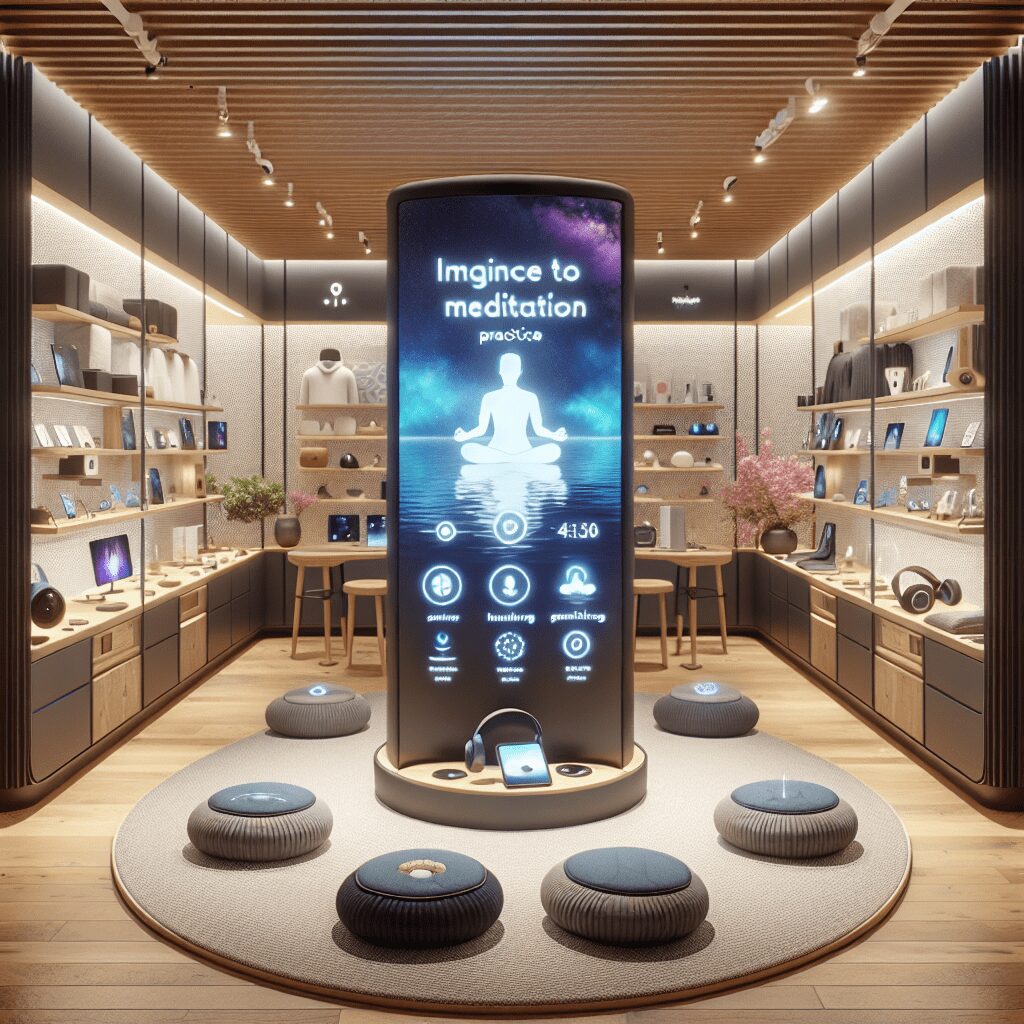
Prioritize your mental well-being daily. Enhance your life by nurturing your mental health with the Smart Meditation app. Break free from stress, alleviate anxiety, and enhance your sleep quality starting today.
What Is Sensory Overload Anxiety?
Unraveling the Mystery of Sensory Overload Anxiety
Ah, sensory overload anxiety – it’s like your brain’s getting bombarded from all angles. Ever walked into a room where the lights feel like they’re out to get you, the sounds merge into an indecipherable cacophony, and you’re just about ready to climb the walls? Yep, that’s your brain on sensory overload. But when this sensory blitz triggers anxiety, well, that’s a whole other ball game. Let’s dive into what makes this phenomenon tick, and perhaps, how to hit the pause button on it.
Sensory Overload: A Symphony of Too Much
Imagine your brain is a DJ, spinning plates of sensory information. Sight, sound, smell, taste, touch – it’s all in the mix. Typically, your brain sorts and filters this info, no sweat. But throw in sensory overload, and suddenly, it’s like someone cranked the volume to 11. The brain can’t keep up, the plates start wobbling, and you’re left feeling frazzled, fried, or frankly, freaked out.
Sensory overload anxiety kicks in when this sensory onslaught becomes not just overwhelming but downright distressing. It’s your brain’s red alert system saying, “Mayday! Mayday! Too much input!” And while everyone’s triggers are as unique as a thumbprint, common culprits include crowded spaces, loud noises, or even the relentless pinging of your smartphone.
Why Does It Happen?
Well, for starters, it’s not a one-size-fits-all situation. Factors range from neurological inclinations (hello, ADHD and autism spectrum!) to stress buckets spilling over. It’s like your brain’s juggling act just dropped a ball or five.
Here’s the kicker, though: not everyone who experiences sensory overload will spiral into anxiety, but for those who do, it’s as fun as a rollercoaster stuck upside down. Your body’s fight-or-flight response kicks in, and before you know it, your heart’s racing, palms are sweating, and everything feels ten times more intense.
Turning Down the Volume on Sensory Overload Anxiety
So, how do you put the brakes on this runaway train? First off, recognizing your triggers is key. It’s about knowing your limits and, hey, there’s no shame in that game. Here are a few strategies that might just save your bacon:
- Environment Adjustment: If loud noises are your kryptonite, noise-canceling headphones could be your new BFF. Bright lights? Sunglasses and dimmer switches to the rescue.
- Stress Management: Easier said than done, but managing stress through meditation, exercise, or whatever floats your boat can put a damper on anxiety.
- Seek Professional Guidance: Sometimes, you’ve gotta call in the cavalry. Therapists and occupational therapists can offer tools and strategies tailored to your unique situation.
The Final Takeaway
Sensory overload anxiety is like being in a rocking boat without oars. It’s disorienting, overwhelming, and can make you feel out of control. But remember, it’s not just about weathering the storm but learning how to navigate through it. By understanding your triggers, employing coping strategies, and seeking help when needed, you can start to turn down the volume on sensory overload and regain your equilibrium. So, here’s to finding your calm amid the chaos!





